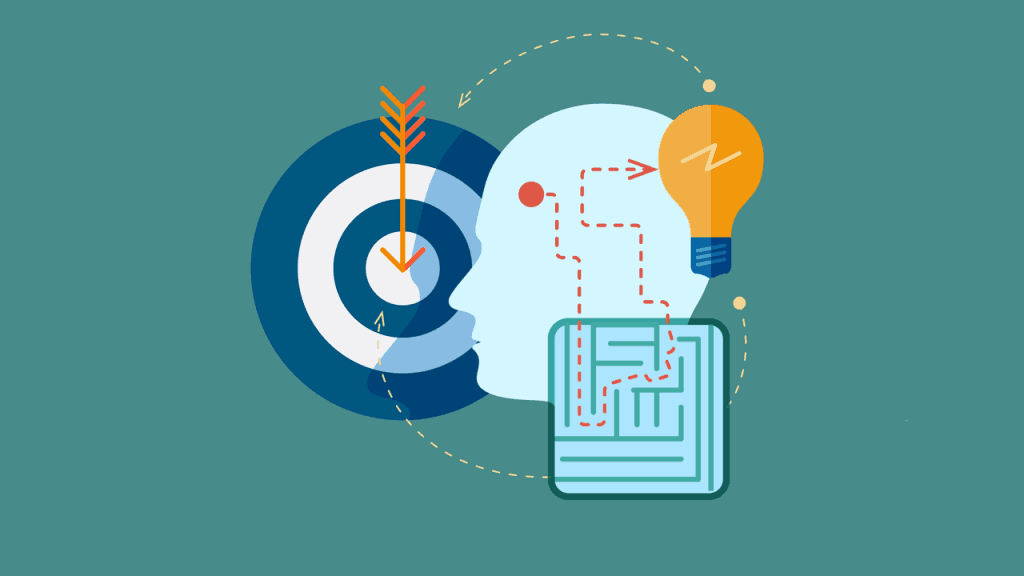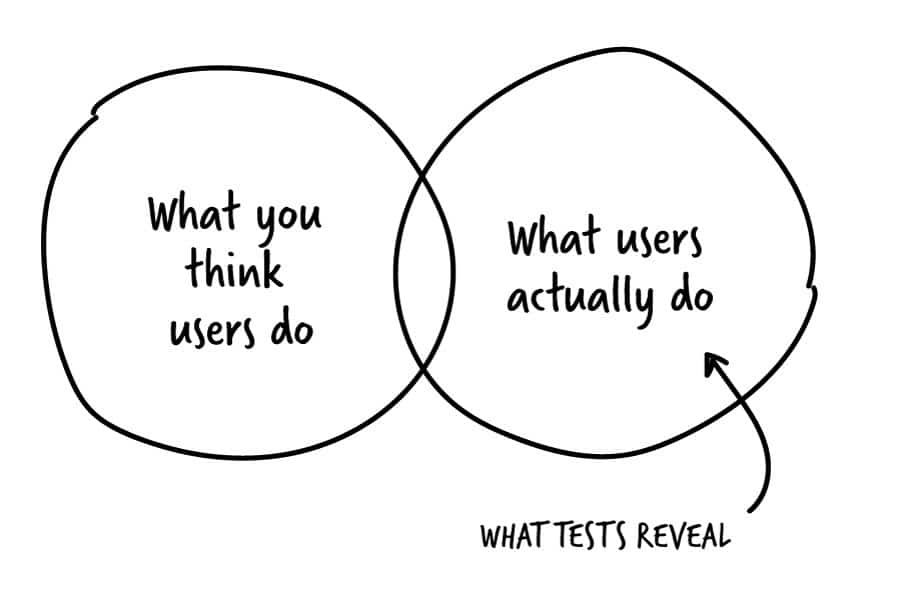User research is an important part of web design, where we try to keep the end user in mind. User research can be done through user interviews, surveys and field studies. Read this article to find out more about these methods.
Ask users what they want

Asking users what they want is a great way to get feedback on your product or service. However, there are a few things you should keep in mind when doing so. First, don’t ask leading questions. This will bias the results of your research.
Second, make sure you have the time and resources to properly analyze the feedback you receive. Otherwise, you may not be able to act on it in a meaningful way. Finally, don’t forget that users’ needs change over time – so make sure to keep asking them what they want!
Conduct user testing when you find things

User testing is one of the most important steps in the user research process. By conducting user tests, you can uncover issues and problems that users may have with your product or service. User testing can also help you to understand how users interact with your product or service, and what they think of it.
There are a few things to keep in mind when conducting user tests:
1. Make sure to test with actual users.
It’s important to test with people who will actually be using your product or service. This way, you’ll get accurate feedback about how users will interact with your product or service.
2. Give users specific tasks to complete.
When testing, give users specific tasks to complete, such as signing up for an account or completing a purchase. This will help you to see how well users can complete these tasks, and where they run into trouble.
3. Observe and take notes during the user test.
Be sure to observe users while they are testing your product or service, and take notes on their behavior. This will help you to identify any areas where users are having difficulty, and make changes accordingly.
4. Ask questions after the user test is completed.
Once the user test is complete, be sure to ask users about their experience. This feedback can be invaluable in making improvements to your product or service
Don’t just think about it, document it

When it comes to user research, one of the most important things you can do is document your findings. This may seem like a no-brainer, but you’d be surprised how many people forget to do this – or simply don’t think it’s necessary.
But trust us, it is. Documentation allows you to track your progress, refer back to previous findings, and see how far you’ve come. It also makes it easier to share your findings with others on your team.
So what exactly should you document? Here are a few key things:
The problem you’re trying to solve: What are you hoping to learn from your user research? Documenting the problem will help keep you focused on finding a solution.
Your research goals: What does success look like for this project? What specific answers are you hoping to find? Write down your goals so you can reference them later and make sure you’re on track.
Your research methodology: How are you conducting your user research? Which methods are you using? Why did you choose these methods? Documenting your methodology will help ensure that your research is reliable and reproducible.
Your findings: This is the heart of your documentation – the actual data and insights that you glean from your user research. Be as detailed as possible here, including quotes, screenshots, and anything else that will help paint a picture of what users are saying and doing.
Your recommendations: What should be done with your findings? What changes should be made to the product or service in question? Be as specific as possible here so that your team can take action on your research.
Keep an open mind
User research is all about learning from your users – and that means being open to what they have to say. No matter how much you think you know about a problem or a product, there’s always more to learn.
This can be a tough pill to swallow for some people, but it’s important to keep an open mind throughout the research process. Whether you’re conducting interviews, usability tests, or surveys, it’s important to listen carefully and take everything users to say to heart – even if it doesn’t line up with your preconceived notions.
The goal of user research is to understand how real people use your products and services, not to confirm your own biases. So keep an open mind, and you may just learn something new along the way.
Visualize the answers to your questions and conduct surveys

It’s important to be able to visualize the answers to your questions and conduct surveys in order to get accurate information from your users. There are a few things to keep in mind when doing this:
– Make sure the questions you’re asking are clear and concise. Users should be able to understand what you’re asking without any confusion.
– Keep the survey short and sweet. No one wants to spend their time filling out a long, tedious survey.
– Make sure the questions are relevant to your research goals. Don’t ask irrelevant questions just for the sake of asking them.
– Be sure to thank users for their time and participation once they’ve completed the survey. This will show that you appreciate their help and are more likely to get future participation from them.
Choose your tools wisely

When it comes to user research, choosing the right tools is essential to getting accurate and actionable insights. Here are some things to keep in mind when selecting your research tools:
– Make sure the tool allows you to collect data from your target audience. There’s no point in using a tool that can’t reach the people you want to research.
– Think about what type of data you need. Some tools are better suited for qualitative data, while others are better for quantitative data.
– Consider ease of use. You don’t want to spend hours trying to figure out how to use a complex research tool. Look for something that’s intuitive and easy to use.
– Cost is also an important consideration. Some research tools can be quite expensive, so make sure it fits within your budget.
Go global or regional, but do not exclude idioms
When localizing your product for a new market, it is important to consider not only the language but also the culture. That means taking into account things like idioms, which can be very regional. For example, in English we might say “that’s a hard pill to swallow” to describe something that is difficult to accept. This idiom would not make sense in many other languages, so it’s important to be aware of these kinds of things when localization.
At the same time, don’t exclude idioms entirely. They can be a great way to show that you are invested in the local market and understand the culture. Just be careful not to overdo it or use them inappropriately.
Observe for the insights that researcher will miss on their own
There are countless insights that researcher will miss on their own if they do not take the time to observe their users. By observing users, researchers can gain invaluable insights into their needs, wants, and how they interact with your product or service.
One of the most important things to observe is how users interact with your product or service. What are their first impressions? Do they use it the way you expect them to? Are there any areas where they seem to struggle?
In addition to observing user behavior, it is also important to listen to what users have to say. What are their thoughts on your product or service? Do they have any suggestions for improvements? What do they like/dislike about it?
Finally, don’t forget to pay attention to your own reactions and observations. Take note of anything that surprises you, confuses you, or makes you think twice. These are all valuable insights that can help improve your product or service.
Start with a plan that changes as you go

When starting out with user research, it’s important to have a plan in place that can be flexible as your needs change. This will help ensure that you’re able to get the most accurate and helpful information from your research subjects.
Some things to keep in mind when developing your research plan:
-What are your goals for the research? What do you hope to learn?
-Who are your target users? How many users do you need to interview?
-What methods will you use to collect data? How will you administer surveys or interviews?
-How will you analyze the data you collect? What tools will you use?
-How often will you conduct research? What timeline do you need to adhere to?









